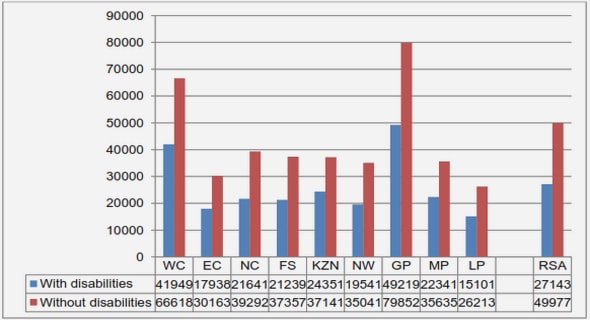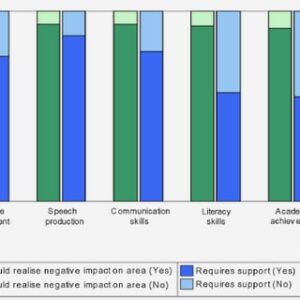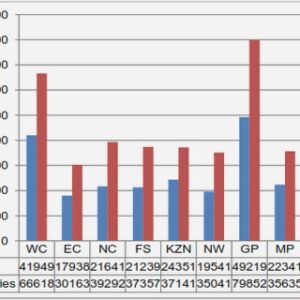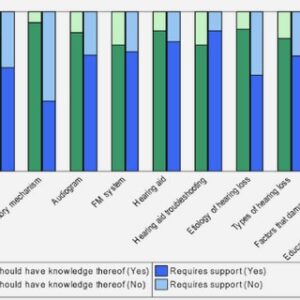(Downloads - 0)
For more info about our services contact : help@bestpfe.com
Table of contents
1 General Introduction
1.1 Outline
1.2 Organization
1.3 Contribution
1.4 Publications
2 Background
2.1 Power Converters
2.1.1 Control and Observation of Power Converters
2.1.2 Continuous and Discontinuous Modes in Power Converters
2.1.3 Models for Power Converters
2.1.4 DC-DC Converter Topologies
2.2 Lyapunov Stability
2.2.1 Parameterized Control Lyapunov Functions (pCLF)
2.3 Method of Moments
2.4 Varieties, Ideals and Groebner Basis
2.5 Direct Filtering for State Estimation of Unknown Systems
2.6 Conclusion
3 Moment Relaxations of Switched Systems
3.1 Introduction
3.2 Contribution
3.3 Linear Switched Dynamic Systems
3.4 Polynomial and Relaxed Models for Linear Switched Dynamic Systems
3.5 Equilibrium Points for Average, Polynomial and Relaxed Models
3.6 Conclusion
4 Parameterized Control Lyapunov Functions
4.1 Introduction
4.2 Contribution
4.3 Parameterized Control Lyapunov Functions with Fixed Parameters
4.3.1 Three-Cell Multicellular Converter
4.3.2 Simulation and Experimental Results
4.3.3 Discussion on the Fixed-Parameter Approach
4.4 Trajectory Dependent Control Lyapunov Functions (tdCLF) for Switched Systems
4.4.1 Polynomial Model for the Switched System
4.4.2 Control Lyapunov Function for the Polynomial System
4.4.3 Measure recovery
4.4.4 Synthesis of the Control Signal for the Switched System
4.4.5 tdCLF Algorithm for Switched Systems
4.4.6 Application Examples
4.5 Computational Aspects of the tdCLF Method
4.6 Conclusion
5 Direct Filtering for State Estimation in Power Converters
5.1 Introduction
5.2 Contribution
5.3 Current Estimation for Power Converters in CCM and DCM
5.4 Direct Filter Design for Power Converters Operating in CCM and DCM
5.5 Direct Filter Parallel Implementation using CUDA
5.6 PCA Dimensionality Reduction in Regressor Datasets
5.7 Application Examples
5.7.1 Current Estimation for SEPIC Converter
5.7.2 Observer-based Control for SEPIC Converter
5.7.3 Implementation Details
5.8 Conclusion
6 Conclusion and Perspectives
6.1 General Conclusion
6.2 Perspectives



